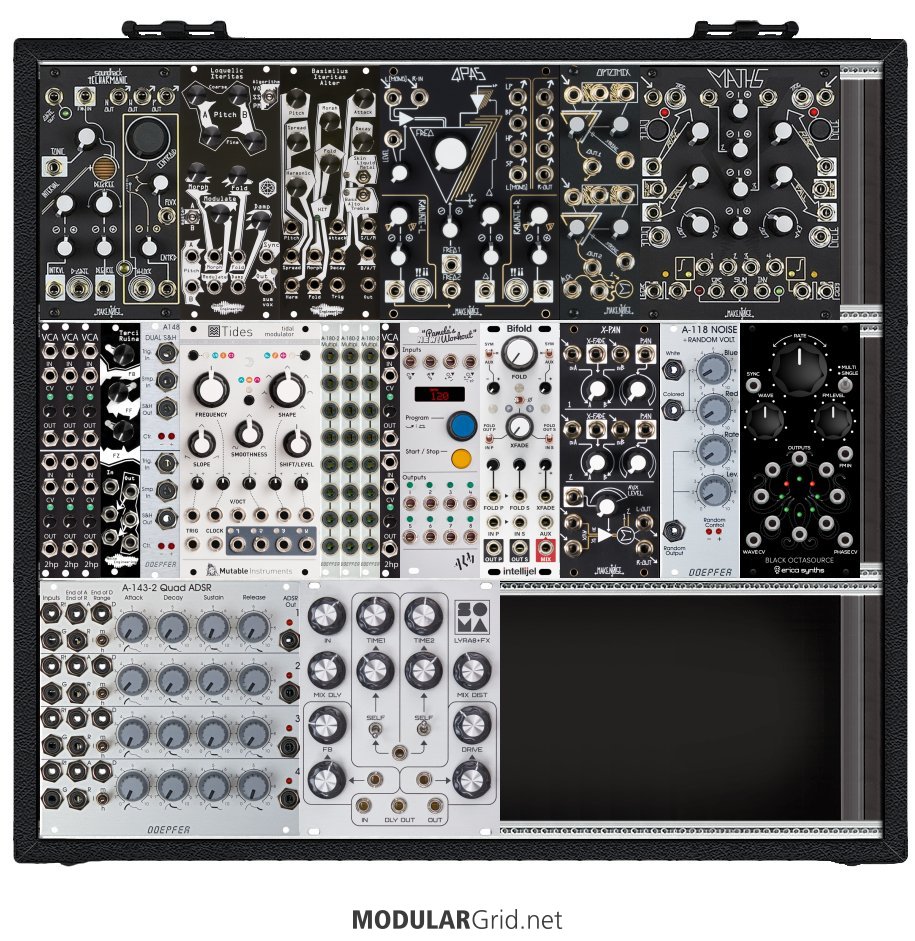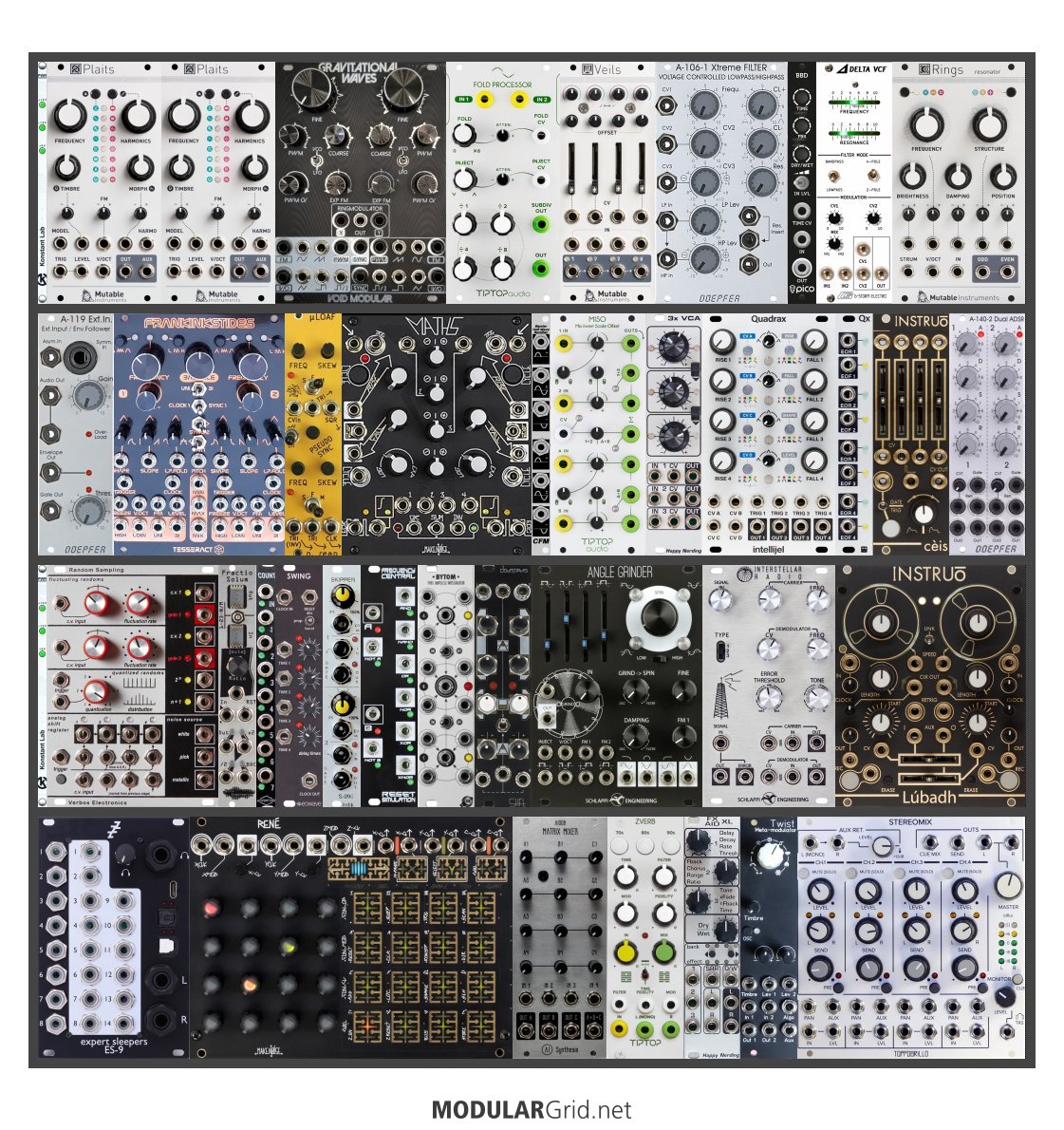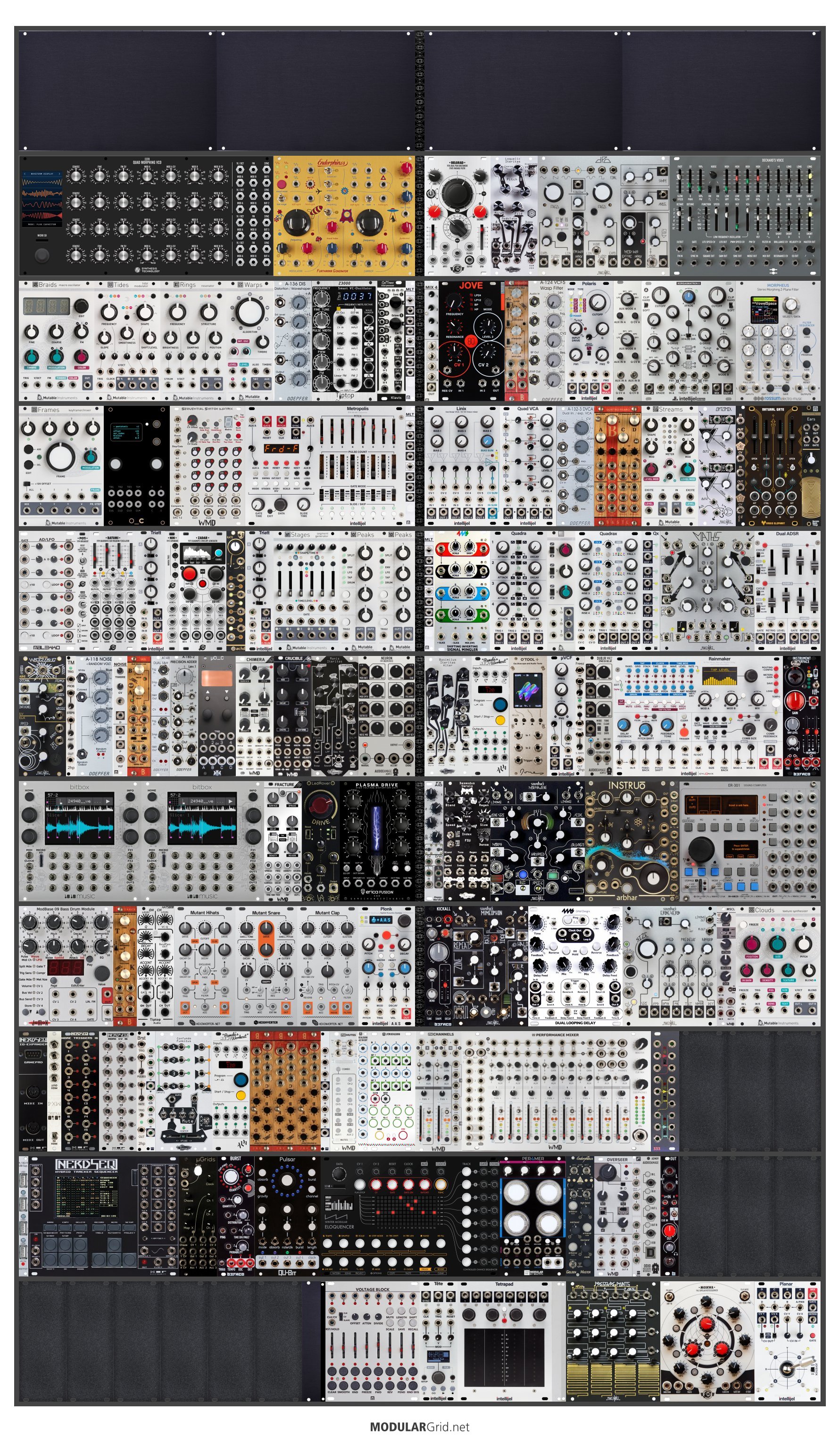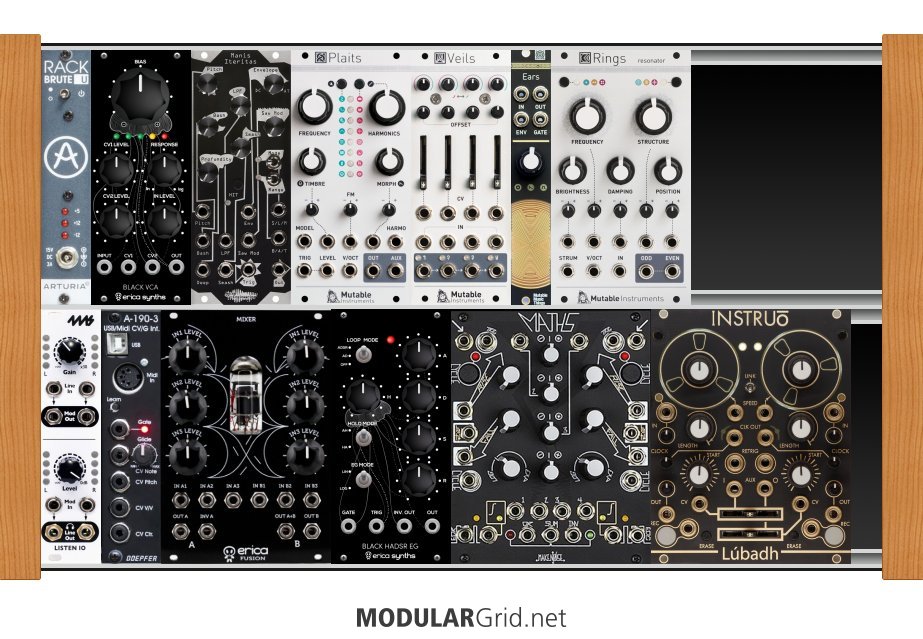OK...to check the P/S, you're going to need the following:
1) A multimeter.
2) An oscilloscope.
Fact is, if you're doing electronic music, you should have these anyway. They're essential troubleshooting tools. Anyway, what you would do is to put the multimeter across the different 12V legs while putting the modules back in. Since you're apparently not close to the current limits, what you'll want to look for is a voltage sag. When the "offending module" gets connected and you see a drop in the voltage across (more than likely the +12V) the leg in question, you've found the issue. You might also consider swapping the ribbon on that module out, as there might be a connection and/or continuity issue there. Also, check the pins on both the busboard and the module to make sure one isn't bent, causing a potential shortcircuit.
As for the o-scope, again, connect this across the DC legs one at a time while adding modules. You'll set the scope for the proper voltage coming off of the DC leg, and start with NOTHING connected to that DC leg (except the scope) so that you can check for any indications of noise, ripple, or other crap while the P/S isn't under load. If you see anything other than a dead-flat line once the o-scope is connected and set, then the Meanwell itself is defective. But if you don't see any anomalies with no modules connected to the DC leg, start adding modules one at a time...and at the point where the dead-flat line starts to show crud, you will have found the problem module.
And yeah, it's tedious AF...but this is also part of the "bargain" with modular (or most any other electronic music) gear.
One other thing to check would be the busboards, particularly if you have filtered busboards in the build. If something in the filtering (like a capacitor) has failed, that could also cause this. For this, go back to the "nothing else connected" step above, then disconnect the Meanwell supply from the cab's DC busses altogether, and check the Meanwell again. If the P/S output shows as flatline-clean without the busboards, then a filter component failure is the culprit here. And like the modules, connect the busboards one at a time until you find the crud.
So, the overall sequence of events is:
1) Disconnect the busses from the P/S
2) Check the P/S with the multimeter to determine if there's an undervoltage or overvoltage. If there is, check and see if the Meanwell has a voltage adjustment. If this is set wrong, use the multimeter to reset the DC voltage to a dead-on 12V. But if there's no voltage adjustment, then the Meanwell is probably defective. If not, then --
3) Check the P/S with the oscilloscope to check the DC purity. What you should see once the o-scope is set properly for the P/S leg voltage is a ruler-flat line on screen. If you see ripple, noise spikes, etc, then the Meanwell is...yep...probably defective. But if you get a flatline response, then this is good. So next, then --
4) Connect each busboard one at a time while monitoring the oscilloscope. If there are no anomalies in the DC, then --
5) Connect modules to busboards one at a time while monitoring the oscilloscope. This time, when you encounter anomalous behavior, note the offending device, remove it and its ribbon, then continue reconnecting modules. Each time you see crud on the DC leg, set that module and ribbon aside as suspect. Continue connecting modules to busboards until you have the build populated with the "clean" modules. Then --
6) Swap out the ribbons on the "offenders", then connect them to the busboards again. If the P/S crud goes away when each one is reconnected, the problem was in the ribbons. But if the crud comes back, the module you'd just reconnected has a fault. At that point, you can either contact the module's manufacturer, or give the module a good look-over to see if there are any solder joints that appear lumpy, grainy, slopping over other traces, etc. If you feel confident about your soldering skills, you can try and correct these...but otherwise, take note of which solder joints look bad and include info about these when contacting the manufacturer.
Now, if the Meanwell IS defective, then you've obviously got to replace it. But if this is necessary, one thing I would strongly suggest would be to replace it with a LINEAR power supply. Yes, they're more expensive. Yes, they weigh a ton. But because of their circuit topology, they CANNOT impose noise signals onto the DC busses because linear supplies divide DC via a transformer (while still in the AC domain) and NOT via switching circuit schemes which tend to have more noise, usually in the ultrasonic range. Both of my modular systems (Digisound 80, AE) use linear supplies...and in fact, the Digisound's was specced by the man, myth, and synth legend Kevin Lightner, who definitely knew his power supplies. Plus, my power solution for the AE system was to utilize a lab-grade linear Tektronix supply to feed its 9VDC inputs...again, these do amazing things for synth audio quality, stability, and getting rid of noise. If the Meanwell has to go, this is the better choice anyway.






